Using keen observation skills and an aptitude for creative solutions, the Khasi and Jaintai people in northeastern India have, for at least 500 years, built bridges that require no raw materials beyond a particular kind of tree, patience, time, diligent effort and generational cooperation. The resulting bridges don't just blend in with the natural world, but are entirely part of that natural world.
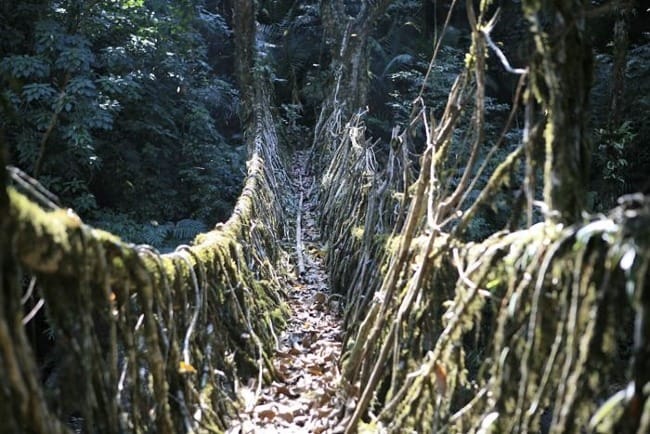
The particular kind of tree needed is the Ficus elastica tree (rubber tree), abundant throughout that area. They work because they send out secondary roots from partway up its trunk. These roots naturally reach toward the ground, but can instead be guided to grow horizontally, often by threading the roots through Areca palm trunks or bamboo that has been split, which can then train them in a particular direction, such as across a river.
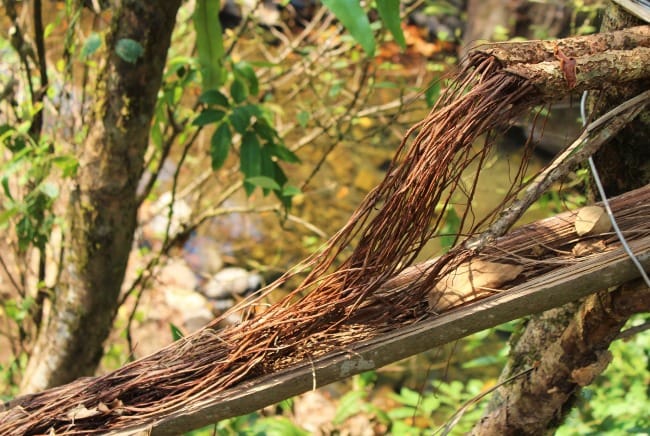
As the roots continue to grow, they can eventually span long distances, such as the opposite side of a river, or partway in order to be linked up midway to a root from another tree growing from the opposite side of the river, which has been guided similarly. Some communities on each side of the river cooperatively bridge the gap by each planting and tending the tree on their side of the river.

Once the river is spanned, the beginnings of a bridge is created. At first, the roots are slender and flexible, but eventually (think 10 or 15 years), those roots grow thick enough and strong enough to support people crossing on it—some bridges can hold up to 50 people at once. As long as the tree from which the roots grow remains healthy, the bridge will renew itself as new roots grow to replace the old and will strengthen as the roots age and thicken.
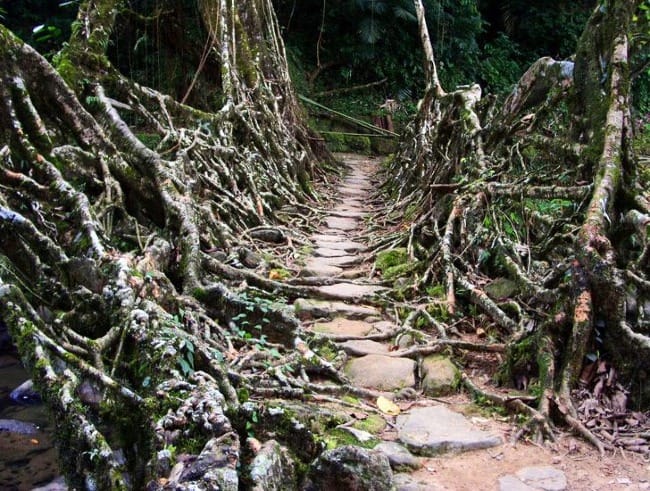
To strengthen the bridge, the builders entwine individual roots with other roots or with branches and trunks of the same or another fig tree. The roots can also grow together and fuse in a process called inosculation which occurs when the bark is worn away and the trees self-graft themselves to each other. Inosculation, in addition to occurring naturally, is also used by arborists for various decorative and practical purposes.
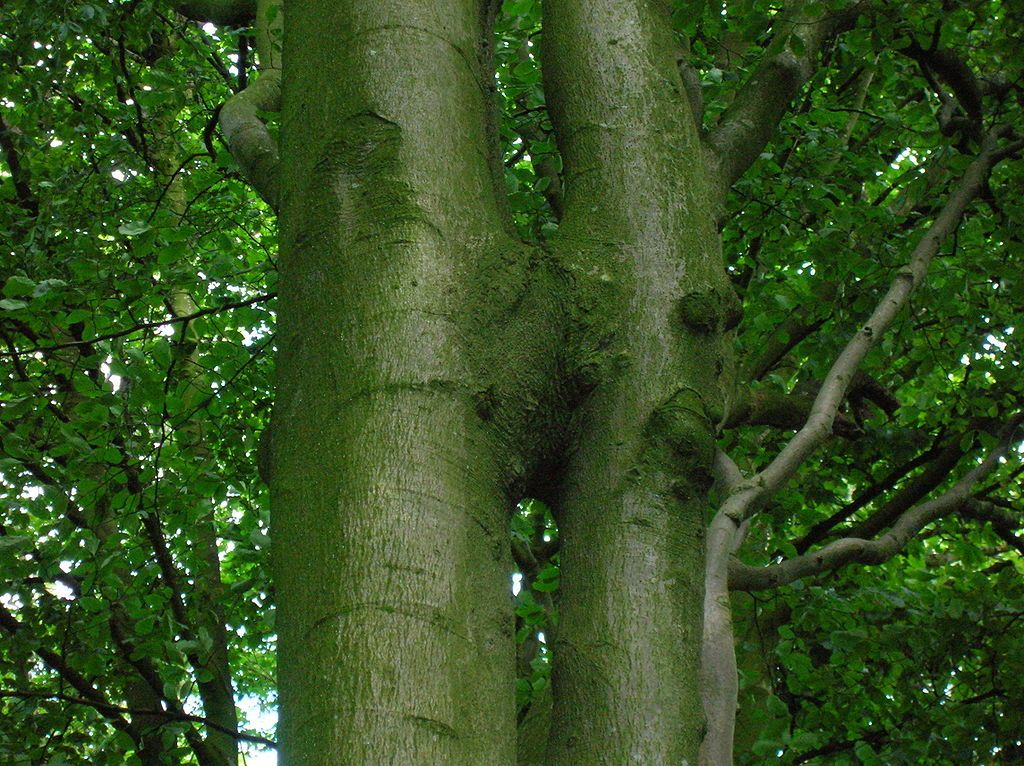
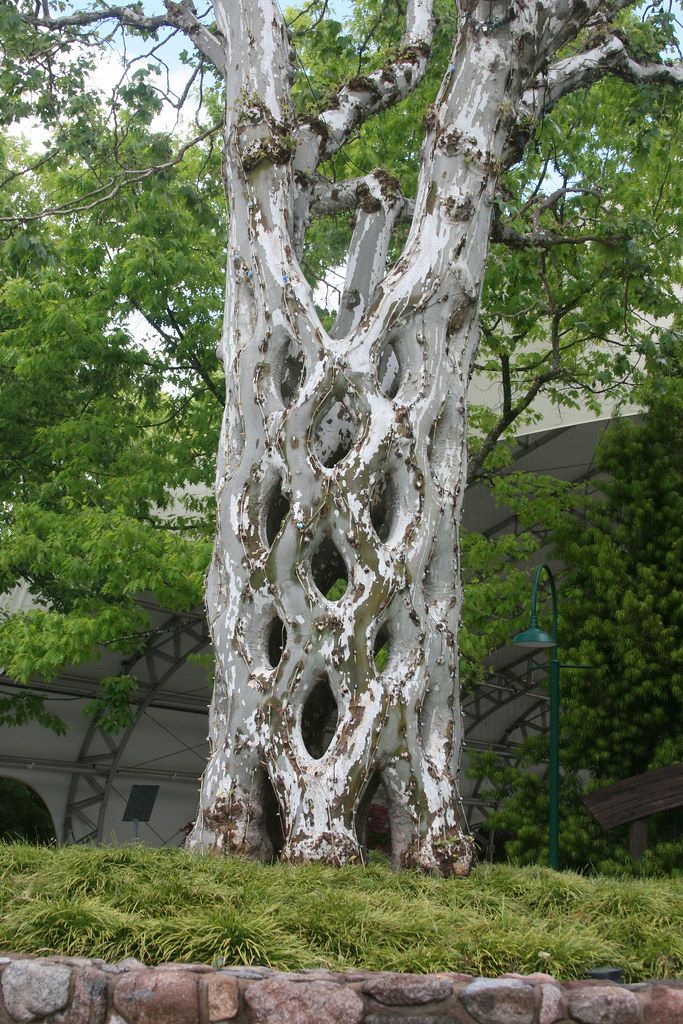
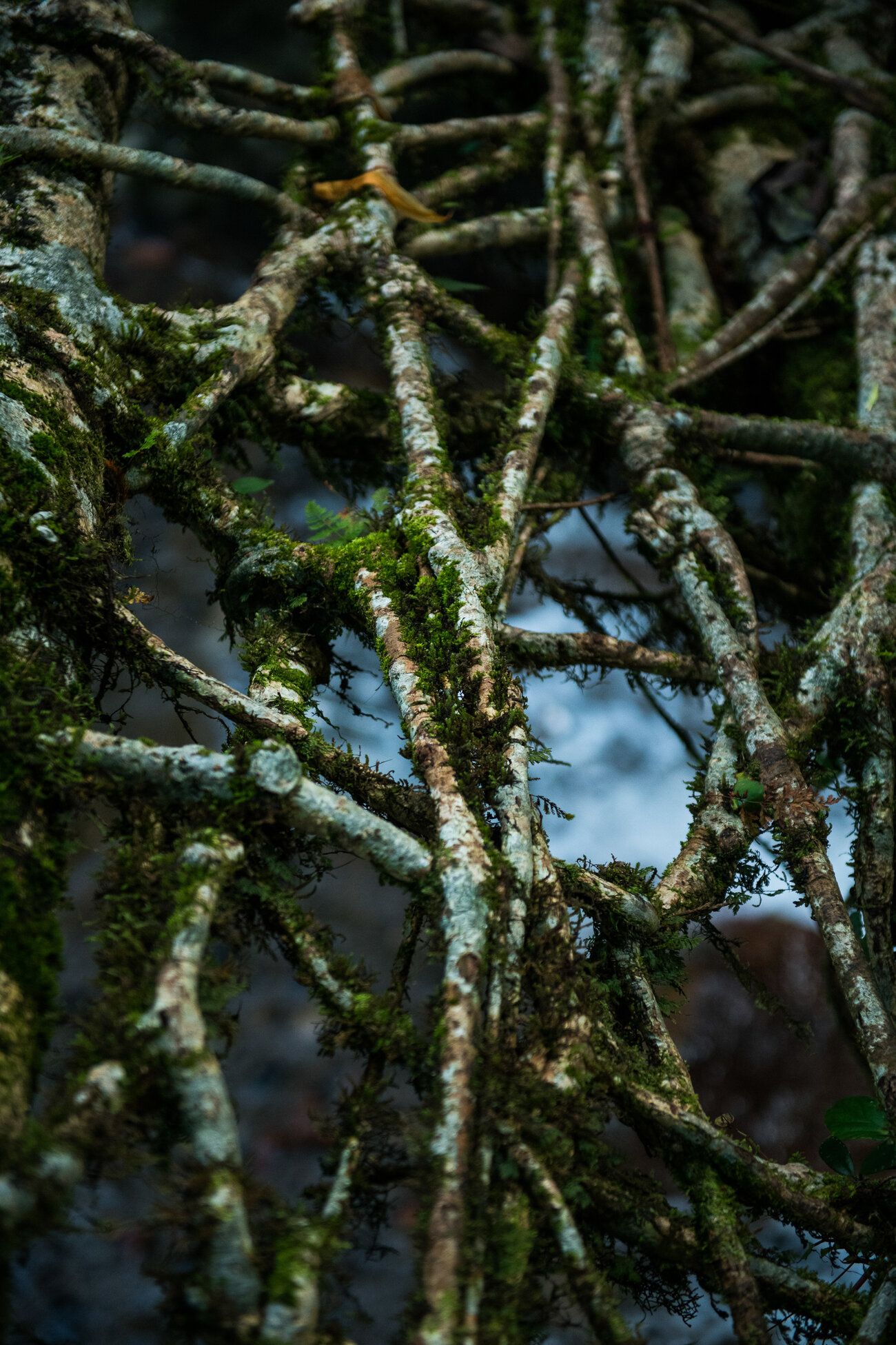
These bridges are very much a creation of their particular place. The Meghalaya region of India, where hundreds of these bridges are found, is perhaps the wettest place on earth, receiving between 32 and 45 feet of rainfall a year. When heavy monsoon rainfall causes river levels to rise, the rivers are often unsafe and the bridges provide a safe way to cross the swollen rivers. Because the structures are living, they don't rot in the way that lumber bridges would, aren't easily swept away by raging rivers as bamboo would be, and don't rust like steel structures do in damp climates. They are a practical, no-cost, regenerative solution in their particular places.

Many who are passionate about making architecture greener look to learn from these bridges and even to transfer some of their elements to other, more urban places. The possibilities of using these techniques in other places are endless and exciting to contemplate—living skywalks, anyone? As Ferdinand Ludwig with the Technical University of Munich, who has studied the bridges extensively suggests, you could use the idea to make a "street with a tree top canopy without trunks but aerial roots on the houses. You could guide the roots to where the best growing conditions are." [2] Among other things, these would cool the houses and reduce greenhouse gases.
There are principles that can be applied beyond the realm of community planning and architecture, also. The first is the principle of taking the long view. Given that it takes 10-15 years for these bridges to reach maturity, building them requires a lot of patience. Those who begin them may not finish them; they are often building them more for those who follow them than for themselves. For the bridges to last as long as their potential (up to 150 years), people in the community must pass on the task to others, so it can never be just one person's project if it is to be successful and long-lasting. It is an example of what long, slow, patient work can look like versus a quick fix.
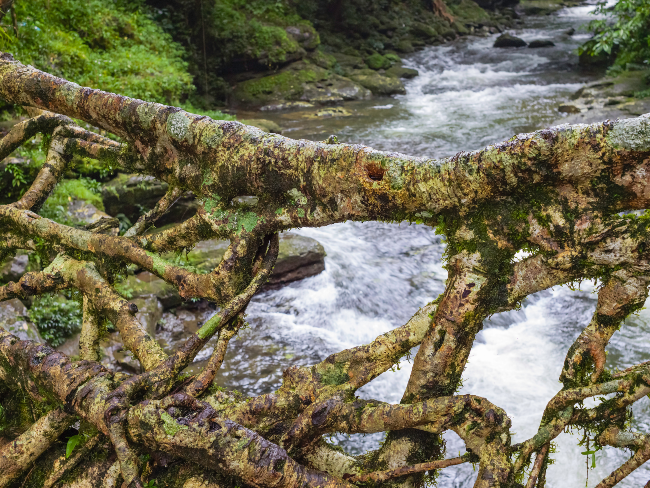
Another principle that can be applied is that these structures don't just mimic the ecosystem, they are completely part of it. A single Ficus elastica tree can support up to a few hundred living species — birds, insects, mammals and vegetation such as mosses. The trees themselves are ecosystems, constantly interacting with their living and nonliving surroundings.
"The living root bridge is a mosaic that's embedded within the forest. Species do not differentiate between the bridge and natural forest." [1]
They also do their part in converting carbon dioxide into oxygen, and, being composed of natural elements, if they decay, they merely rot back into the ground, leaving behind no rusting metal, no useless obsolete parts. That, in itself, is enough to make me pause and think about applications in my own life.
It is a refreshing approach to consider how we can work with nature rather than working against it or merely replacing what is present with man-made structures. What if we were to begin to look at the world around us not as something to conquer or replace but as something we can find ways to partner with?
"[Conventionally], when we construct a bridge or a building, we have a plan – we know what it's going to look like," says Ludwig. "But this isn't possible with living architecture. Khasi people know this; they are extremely clever in how they constantly analyze and interact with tree growth, and accordingly adapt to the conditions." Whenever a new root pops up, Khasi builders find a new way to integrate it into the structure. [1]
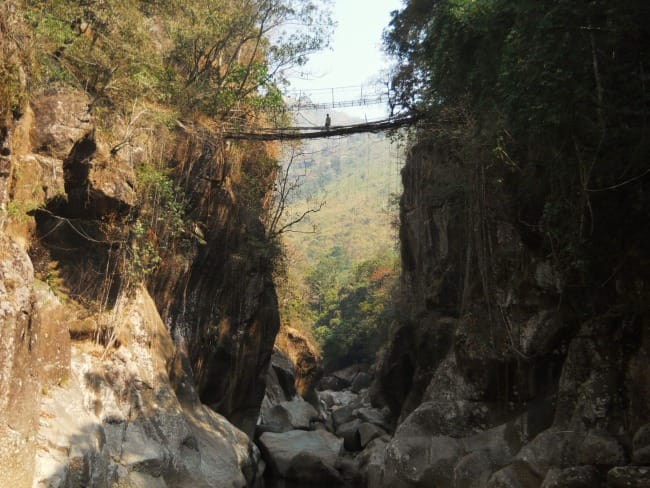
It makes me think of an earlier post on The Ecological Disciple written by Vidhya Chintala in which she describes her backyard and how she and her family thoughtfully planted things that would work together to create a thriving, diverse ecosystem. This is the kind of thinking we need if we are to grow as ecological disciples—looking at places and what is already there, not just in terms of our own needs, but in terms of the needs of all the non-human inhabitants as well. Then, by taking the long view, and being willing to do the necessary labor, we can find the best and most creative solutions available.
Reflection Questions: Do the root bridges raise new ideas for you about how you might approach living in your own place? Is there a challenge that you want to take on in living more sustainably? Is there a particular area where you have found creative ways to truly partner with nature? Does one of the principles mentioned particularly resonate with you?
I am always glad to hear from you directly at info@circlewood.online.
Louise

[1] Rathnqyake, Zinara, November 17, 2021, The Ingenious Living Bridges of India, https://www.bbc.com/future/
[2]Kelly, Erin. December 12, 2019, India’s Living Root Bridges Could Be the Future of Green Design, https://allthatsinteresting.com/.